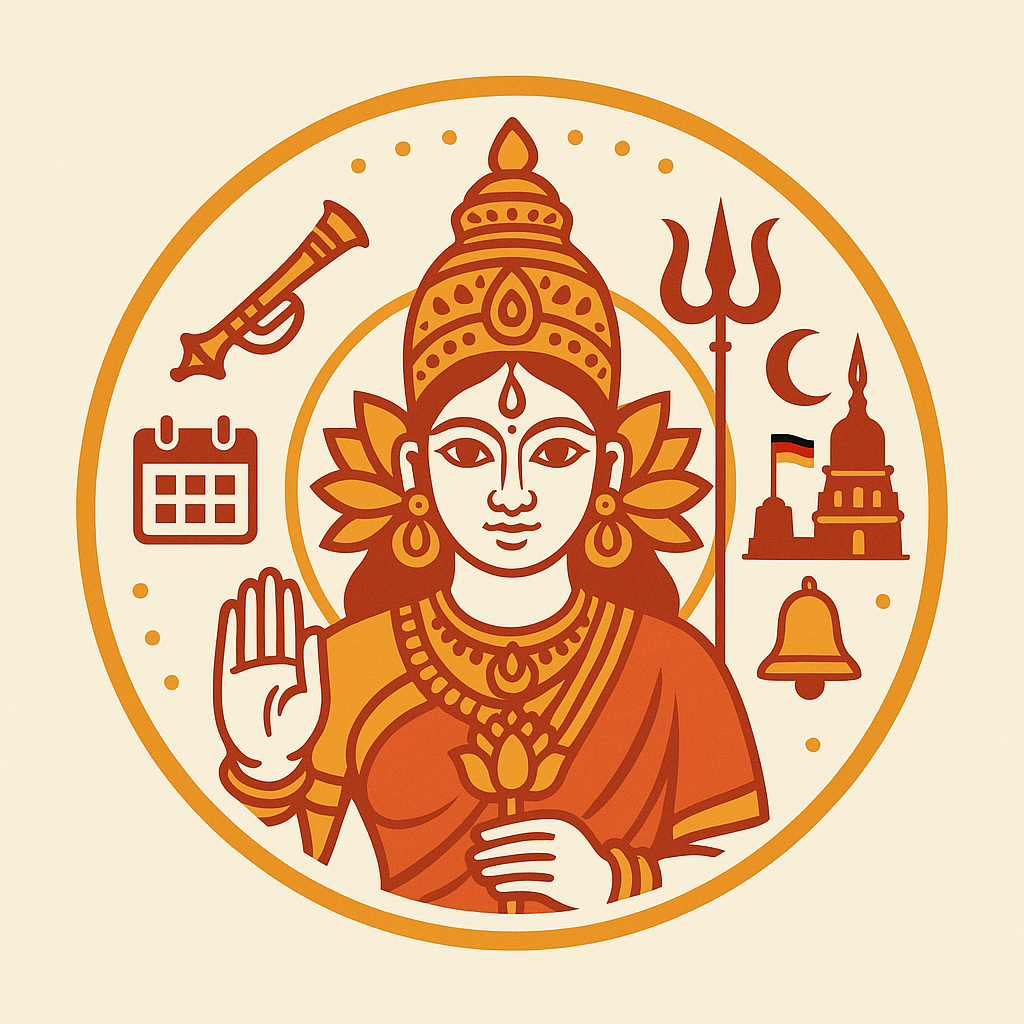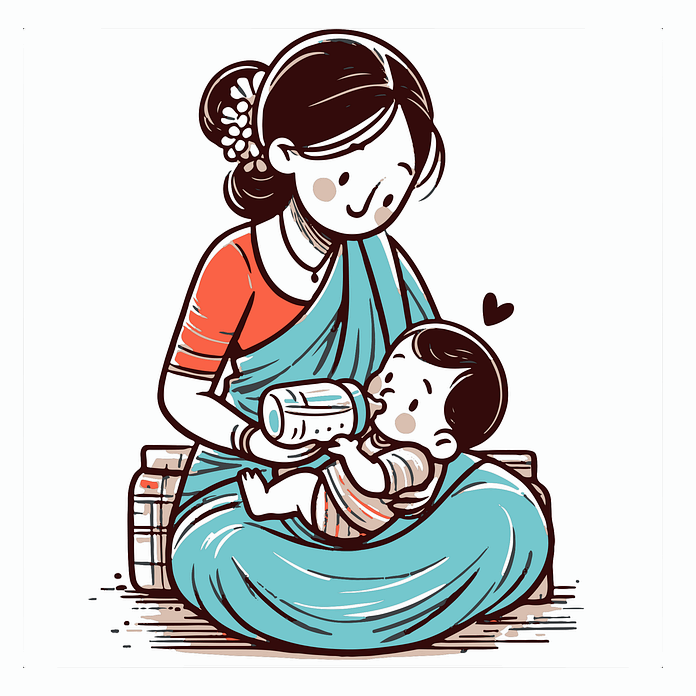The Global Tamil Diaspora: A Journey of Resilience and Success

The Tamil diaspora is a powerful example of cultural resilience, adaptability, and unity across the globe. From ancient times to today, Tamils have carried with them a rich heritage and cultural pride that has contributed to their success and growth in many countries. This article dives into the journey of the Tamil diaspora, from early migration waves to the modern global Tamil community, highlighting their achievements, challenges, and unique cultural contributions.
1. The Early Migration of Tamils: Trade, Expansion, and Colonization
The Tamil people, native to Tamil Nadu in India and parts of Sri Lanka, have a long history of travel and trade that dates back thousands of years. The early migration of Tamils was largely tied to trade routes and exploration along the Indian Ocean, extending to Southeast Asia, Africa, and beyond. Tamil traders established connections in places as far as Rome, the Arab world, and Southeast Asia. They were known for trading spices, textiles, and precious stones, becoming key players in ancient commerce.
However, during the colonial period, the Tamil migration took on a different character. The British Empire, which ruled over India, Sri Lanka, and several Southeast Asian countries, began recruiting Tamil laborers for plantations and infrastructure projects. Tamils were transported as indentured laborers to places such as Malaysia, Singapore, Mauritius, and South Africa. This migration led to the establishment of Tamil communities in these regions, where they adapted to new environments while striving to preserve their language, religion, and customs.
2. Cultural Adaptation and Identity Preservation
Despite the geographical separation from their homeland, Tamil communities across the world have managed to retain and celebrate their unique cultural identity. Tamils in countries like Malaysia and Singapore continue to observe traditional festivals like Pongal, Deepavali, and Tamil New Year. In South Africa, Mauritius, and other parts of the Caribbean, Tamil culture and language have remained integral to the community’s identity, even if mixed with local influences.
Tamils adapted to their new environments, blending aspects of local cultures with their own, thus creating a unique fusion in language, attire, and social customs. For instance, Malaysian Tamil culture includes both Tamil and Malay influences, seen in cuisine, language, and music. Singapore has Little India, a vibrant area where Tamil culture is showcased through temples, food markets, and festivals, helping both locals and tourists experience Tamil culture firsthand.
The temple, in particular, has played a significant role in preserving Tamil culture. Tamil diasporic communities in these countries have established Hindu temples as places of worship and centers for cultural activities. These temples serve as venues for language classes, traditional dance performances, and other cultural events. For example, the Batu Caves in Malaysia, a famous Hindu temple dedicated to Lord Murugan, sees thousands of Tamil devotees from Malaysia and around the world visiting for the Thaipusam festival every year.
3. Modern Diaspora: Tamils in Western Countries
In the 20th and 21st centuries, new waves of Tamil migration occurred, especially to Western countries such as Canada, the United States, Australia, and parts of Europe. Many Tamils moved for better education, job opportunities, or as refugees during the Sri Lankan civil war, which forced thousands to seek safety and new lives abroad. The Western Tamil diaspora is highly diverse, including students, entrepreneurs, and professionals who have established themselves in various fields.
Canada, in particular, has one of the largest Tamil communities outside of Asia. The Tamil population in Toronto is vibrant and well-integrated into Canadian society while maintaining a strong connection to Tamil heritage. In the United States, large Tamil communities exist in states like California, New York, and Texas, where Tamil language classes, cultural programs, and temple events are regularly organized. The Tamil population in these regions actively contributes to sectors like technology, medicine, education, and politics, thus showcasing the talents and resilience of the Tamil diaspora.
Europe, too, has seen a significant influx of Tamils, especially in the UK, France, Germany, and Switzerland. In London, the Tamil community is particularly visible, with Tamil newspapers, radio stations, and numerous restaurants offering Tamil cuisine. Across Europe, Tamil organizations and associations play a crucial role in maintaining cultural ties by hosting language classes, music and dance programs, and religious festivals.
4. Challenges Faced by the Tamil Diaspora
While the Tamil diaspora has achieved remarkable success, it has also faced significant challenges. The issue of cultural identity is a key concern, as diasporic Tamils navigate the balance between integrating into local society and preserving their Tamil heritage. Many Tamil parents in the diaspora worry about their children losing touch with their culture, language, and traditions in multicultural societies.
The second challenge is discrimination and racism, which Tamils have faced in many countries. In South Africa, Tamil communities have had to navigate racial tensions during and after apartheid. In Western countries, Tamil immigrants have encountered discrimination in the workplace and education. Many Tamil activists and organizations are working tirelessly to address these issues and promote a positive image of Tamils through cultural and social outreach programs.
Another challenge is the preservation of the Tamil language. Many young Tamils in the diaspora are fluent in English or the local language of their adopted country but may not be proficient in Tamil. To address this, Tamil organizations worldwide are providing Tamil language classes and cultural workshops to help younger generations maintain their linguistic and cultural heritage.
5. Achievements and Contributions of the Tamil Diaspora
The Tamil diaspora has made notable contributions to the societies in which they live. In Canada, the United States, and the UK, Tamils have excelled in fields such as medicine, engineering, technology, and politics. Several Tamil individuals hold prominent positions in business and government, acting as representatives of the Tamil community. For example, in Canada, Gary Anandasangaree, a Canadian politician of Tamil heritage, serves as a Member of Parliament, advocating for Tamil issues.
The Tamil diaspora has also excelled in academia and the arts. Renowned Tamil scientists, scholars, and artists have made significant contributions, enriching the cultural landscape of their host countries. The Tamil diaspora has introduced the world to classical Tamil literature, Carnatic music, and Bharatanatyam dance. In many countries, Tamil cultural festivals such as Pongal and Deepavali are celebrated not only by Tamils but also embraced by the larger community, fostering cross-cultural understanding.
Furthermore, the Tamil diaspora has been active in humanitarian efforts, especially during the Sri Lankan civil war and after the 2004 Indian Ocean tsunami. Tamil diaspora organizations raised significant funds for relief efforts and continue to support education, healthcare, and infrastructure projects in Tamil Nadu and other Tamil-populated areas.
6. The Role of Digital Media in Connecting the Global Tamil Diaspora
With the rise of digital media, the Tamil diaspora has found new ways to connect and engage with each other. Social media platforms, online forums, and video streaming have enabled Tamil communities worldwide to stay in touch and participate in cultural events virtually. For instance, TamilUnity.com provides a platform where Tamils can connect, share stories, and discuss cultural topics from anywhere in the world.
Digital media also plays a role in the preservation and dissemination of Tamil language and culture. Tamil movies, music, and literature are now available on platforms like YouTube, Spotify, and Amazon, making Tamil content accessible to diaspora communities. Language learning apps and Tamil YouTube channels have made it easier for young Tamils in the diaspora to learn the language and engage with Tamil content.
Online platforms have also allowed Tamil organizations to advocate for Tamil issues on a global scale. Tamil activists use social media to raise awareness about political and social issues, such as the rights of Tamils in Sri Lanka and environmental concerns in Tamil Nadu.
7. The Future of the Tamil Diaspora: Strengthening Unity and Cultural Pride
As the Tamil diaspora continues to grow, its members are finding new ways to strengthen their cultural identity and support each other. Community organizations and platforms like TamilUnity.com play a vital role in uniting Tamils worldwide and providing resources for cultural preservation and networking.
The younger generation of Tamils in the diaspora is increasingly embracing a “global Tamil” identity that values both traditional Tamil culture and the unique experiences of living abroad. This generation is actively involved in initiatives to preserve Tamil language, arts, and heritage while also contributing to modern innovations and global issues.
Conclusion
The story of the Tamil diaspora is one of resilience, adaptability, and success. From ancient traders to modern professionals, Tamils around the world have made invaluable contributions to their communities while maintaining a strong sense of cultural identity. The Tamil diaspora continues to inspire future generations, proving that despite distances and challenges, the bonds of language, heritage, and unity remain unbreakable.



















